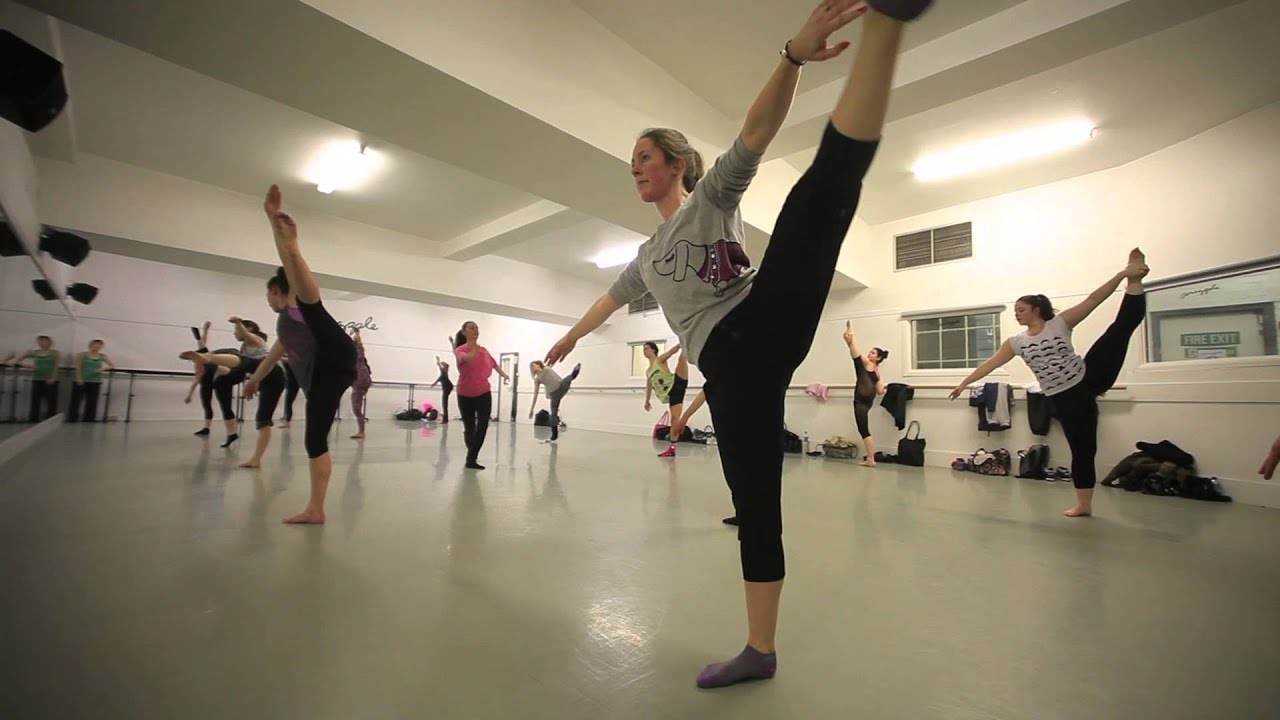Jazz dance, a rhythmic and expressive form of movement, has a rich history and a unique ability to captivate audiences with its infectious energy. In this article, we’ll delve into the world of Jazz Dance Workshops, exploring their significance, evolution, styles, benefits, and more.
Definition of Jazz Dance
Jazz dance, born from a fusion of African and Caribbean traditions, is a genre that thrives on improvisation, syncopation, and individual expression. Its roots in social and popular dance forms contribute to its diverse and dynamic nature.
Historical Significance
Tracing its origins back to the late 19th century, jazz dance has evolved alongside the ever-changing landscape of music and culture. From its early days in New Orleans to its prominent role in Broadway productions, jazz dance has been a reflection of societal shifts and artistic innovation.
The Evolution of Jazz Dance
Roots in African and Caribbean Traditions
Jazz dance’s rhythmic complexity finds its roots in the dances brought to the United States by African and Caribbean communities. The melding of these diverse dance forms laid the foundation for what would become an iconic American art form.
Influences from Social and Popular Dance Forms
As jazz dance evolved, it absorbed influences from various social dances and popular entertainment, incorporating elements from tap dance, swing, and the vibrant energy of the jazz music scene. This amalgamation created a style that was not just a dance but a celebration of life.
Characteristics of Jazz Dance
Syncopation and Improvisation
Jazz dance is synonymous with syncopation – the art of placing accents between the regular beats of music. This rhythmic complexity encourages dancers to improvise, adding a personal touch to every performance.
Isolations and Contractions
Key to the expressive nature of jazz dance is the emphasis on isolations and contractions. Dancers master the ability to move one part of their body independently, creating visually stunning and emotionally charged performances.
Styles of Jazz Dance
Traditional Jazz
Rooted in the early 20th century, traditional jazz dance incorporates elements of Charleston, Lindy Hop, and other popular dances of the time. It’s a nod to the joyous and energetic spirit of the Jazz Age.
Broadway Jazz
With its roots on the theatrical stage, Broadway jazz dance combines storytelling with dynamic movement. It often incorporates elements of ballet and modern dance, creating a visually stunning and emotionally engaging experience.
Contemporary Jazz
Evolving with the times, contemporary jazz dance pushes boundaries and embraces a fusion of styles. It encourages dancers to explore new forms of expression, blending traditional jazz with modern dance elements.
Importance of Jazz Dance Workshops
Skill Enhancement
Participating in jazz dance workshops provides a platform for dancers to enhance their technical skills. From mastering intricate footwork to perfecting spins and leaps, workshops offer focused training sessions.
Creative Expression
Jazz dance, with its emphasis on improvisation, allows for unparalleled creative expression. Workshops provide a space for dancers to explore their artistic voice and experiment with movement in a supportive environment.
Finding the Right Jazz Dance Workshop
Research and Recommendations
When choosing a jazz dance workshop, thorough research is crucial. Seek recommendations from fellow dancers, read reviews, and explore the credentials of the instructors to ensure a high-quality learning experience.
Checking Credentials and Reviews
A reputable workshop is led by experienced and knowledgeable instructors. Check for reviews from past participants and verify the credentials of the instructors to ensure you’re learning from the best in the field.
What to Expect in a Jazz Dance Workshop
Warm-up and Stretching
Jazz Dance Workshops typically begin with a comprehensive warm-up session. This not only prepares the body for physical activity but also establishes a connection between the dancer and the music.
Learning Choreography
A significant part of jazz dance workshops involves learning choreography. Instructors break down complex routines, allowing participants to grasp the movements and build a strong foundation.
Freestyle Sessions
Encouraging improvisation, workshops often include freestyle sessions where dancers can explore their unique style. This fosters individuality and adds a personal touch to each participant’s dance journey.
Benefits of Participating in Jazz Dance Workshops
Physical Fitness
Jazz dance is an excellent form of cardiovascular exercise, promoting flexibility, strength, and endurance. Workshops contribute to overall physical well-being, combining fitness with artistic expression.
Mental Well-being
Engaging in the creative process of jazz dance provides a mental workout, promoting cognitive skills and emotional well-being. The joy of movement and expression can be a powerful stress reliever.
Community and Social Interaction
Jazz Dance Intensives workshops create a sense of community among participants. The shared passion for dance fosters friendships and connections, turning a workshop into a social and supportive environment.
Tips for Success in a Jazz Dance Workshop
Practice Regularly
Consistent practice is key to improvement. Dedicate time outside of workshops to reinforce what you’ve learned and hone your skills.
Embrace Mistakes as Learning Opportunities
Mistakes are a natural part of the learning process. Embrace them, learn from them, and use them as stepping stones toward improvement.
Connect with Instructors and Peers
Building relationships with instructors and fellow dancers enhances the workshop experience. Seek guidance, share experiences, and celebrate each other’s successes.
Jazz Dance Workshop Success Stories
Personal Testimonials
Participants often share their success stories, highlighting personal growth, newfound confidence, and the joy that jazz dance brings to their lives.
Notable Achievements
Recognizing the achievements of dancers who started their journey in workshops emphasizes the impact of these learning experiences on their careers and artistic development.
The Impact of Jazz Dance on Popular Culture
Jazz in Movies and Television
Jazz dance has left an indelible mark on popular culture, with its influence evident in iconic movies and television shows. From Fred Astaire’s classic routines to modern dance competitions, jazz dance continues to captivate audiences worldwide.
Influence on Fashion and Music
Beyond the dance floor, jazz dance has influenced fashion trends and music styles. The free-spirited and expressive nature of jazz dance has permeated various aspects of culture, creating a lasting impact on the arts.
Challenges in Jazz Dance
Misconceptions
Jazz dance faces misconceptions, often being reduced to stereotypes or misunderstood as a niche art form. Addressing these misconceptions is crucial for promoting a deeper understanding of the dance style.
Breaking Stereotypes
Jazz dance workshops play a role in breaking stereotypes by showcasing the diversity and inclusivity inherent in the art form. By embracing different styles and voices, workshops contribute to a more accurate representation of jazz dance.
Jazz Dance and Inclusivity
Breaking Barriers
In recent years, the dance community has made strides in promoting inclusivity. Jazz dance, with its diverse styles and cultural influences, inherently breaks barriers and welcomes dancers of all backgrounds.
Celebrating Diversity
Jazz dance workshops celebrate diversity by providing a platform for dancers of different ethnicities, genders, and ages to come together and share their love for the art form.
Future Trends in Jazz Dance
Fusion with Other Dance Forms
As the dance world evolves, jazz dance continues to fuse with other dance forms, creating innovative and dynamic styles. This fusion not only keeps the art form relevant but also expands its artistic boundaries.
Technological Integration
With the advent of technology, jazz dance workshops are exploring new ways to integrate digital tools. Virtual workshops, online resources, and interactive platforms contribute to the accessibility and global reach of jazz dance.
Conclusion
In conclusion, jazz dance workshops offer a transformative experience for dancers of all levels. From the exploration of diverse styles to the celebration of individual expression, these workshops contribute not only to skill enhancement but also to the broader cultural impact of jazz dance. As we continue to embrace the rhythmic and expressive nature of this art form, jazz dance workshops will undoubtedly play a pivotal role in shaping its future.
5 Unique FAQs
- Q: Can anyone participate in a jazz dance workshop, regardless of skill level?
- A: Absolutely! Jazz dance workshops cater to dancers of all skill levels, providing a supportive environment for beginners and challenges for more experienced dancers.
- Q: How do jazz dance workshops contribute to mental well-being?
- A: Engaging in the creative process of jazz dance stimulates cognitive skills, promotes emotional well-being, and serves as a powerful stress reliever.
- Q: Are virtual jazz dance workshops as effective as in-person ones?
- A: While in-person workshops offer a unique energy, virtual workshops leverage technology to provide accessible and effective learning experiences.
- Q: What makes jazz dance different from other dance forms?
- A: Jazz dance stands out with its emphasis on improvisation, syncopation, and individual expression, making it a dynamic and versatile form of movement.



